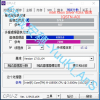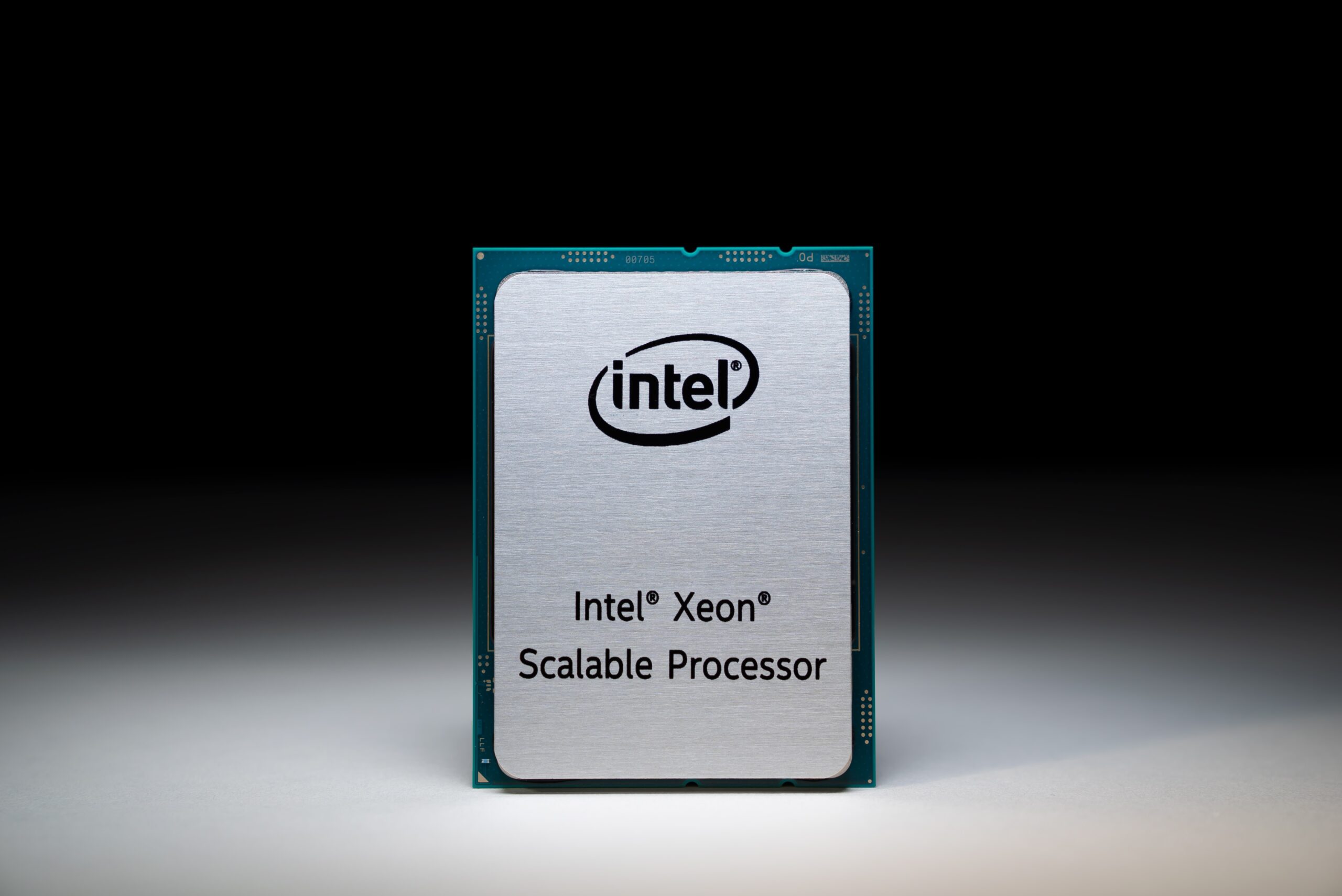DrMrLordX
Lifer
- Apr 27, 2000
- 22,902
- 12,971
- 136
From March to January.
Thanks for the clarification. That's a wise move on their part, assuming Rocket Lake-S is ready for the January launch. March was borderline suicide. Not that two months is that big of an issue, but if Intel can supply chips to make sales while their competition is having problems keeping shelves stocked, it offers them a chance at parasitic sales at the very least.







